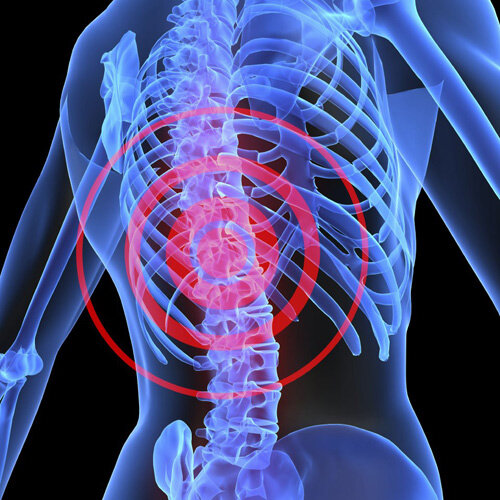Body Part Of The Month: The Spine
For the next blog piece in our Body Part Of The Month series, our spinal specialist physio Shari tells us about the spine.
The Lumbar Spine And Lower Back Pain
At some point in our lifetime 80% of the population will suffer from lower back pain. There are a number of different causes of lower back pain and if your pain is persisting it is always recommended to seek the opinion of your health care professional.
Causes of Lower Back Pain
Sometimes the cause of back pain can be a muscular strain from being in an awkward posture after gardening or a long flight, and other times the cause may be from a structural problem.
Below are listed some of the common things I see in practice:
Non-specific lower back pain
Discogenic lower back pain
Radicular pain-caused by neural impingement and often experienced as symptoms in your thigh or leg, be it pain, numbness, pins and needles or weakness
Facet joint pain
Spondylolisthesis: forward slip of the vertebrae
Fractures
Osteoarthritis
Stenosis: narrowing of the space in your spine where the nerves are present, and associated with arthritis
Rheumatological conditions - auto-immune conditions
Sacro-iliac joint pain
Pregnancy related pain
Hypermobility associated pain
Assessing Lower Back Pain
When treating my patients initially I will take a thorough history of your condition, and ask about your past medical history, your current symptoms, medications, activity levels, stress levels, occupational requirements and goals. Then a physical assessment will be undertaken to determine your diagnosis. Occasionally scans and investigations are needed, and you may be referred to a specialist consultant doctor.
Following this we will formulate a treatment that will best address your issues whether it be improving the mobility of your spine, your pain or strength deficits.
Treating Lower Back Pain
Exercises that address the flexibility of your spine and the surrounding joints such as your upper back, as well as your hips and pelvis can also be beneficial, as can exercises that address the activation and strength of your stabilising muscles, to help get you back to the activities that you enjoy.
Sometimes taping and belts can be helpful in the acute stages of pain or where stabilisation is needed such as in pregnancy. Occasionally medication may also be necessary to reduce the inflammatory pain in your spine so that you can undertake the prescribed exercises.
In severe cases of pain spinal injections by a specialist doctor are needed to reduce inflammation, which then can enable patients to be able to undertake their exercise rehabilitation.
In most cases it is best to maintain your mobility and activity levels as long as this isn’t aggravating your symptoms.
Words by our specialist spinal physiotherapist Shari Randall.

